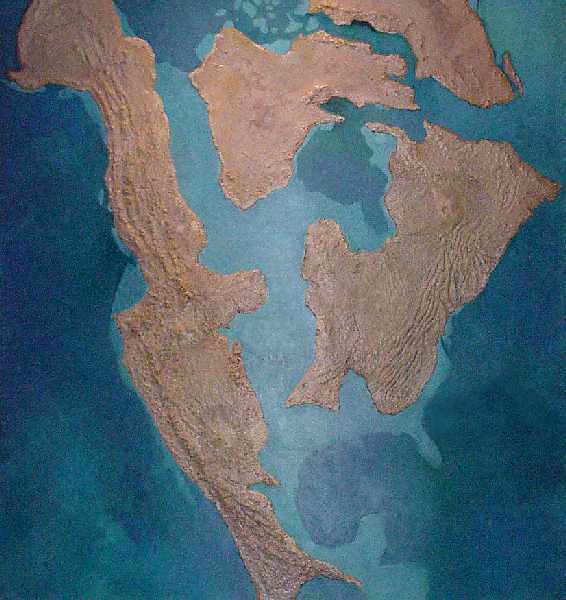But, as illustrated in the quoted paragraph, the Cyanobacter group can survive in a wide range of environments. Even on bare rock (whether they survive there for long periods, or are carried to the temperary puddles on the desert rocks by birds, camels, or other animals), it illustrates the dispersal possibilities of even these non spore forming bacteria. Unless the genetically designed species is especially fragile, it will spread. And, if too fragile, it will be hard to maintain in the 'farm'. And, bacteria are notorious for exchanging DNA with each other, sometimes even between species.
http://en.wikipedia.org/wiki/Cyanobacteria
Dan Tibbets"..... , they occur in damp soil, or even temporarily moistened rocks in deserts. A few are endosymbionts in lichens, plants, various protists, or sponges and provide energy for the host. Some live in the fur of sloths, providing a form of camouflage. Aquatic cyanobacteria are probably best known for the extensive and highly visible blooms that can form in both freshwater and the marine environment and can have the appearance of blue-green paint or scum. The association of toxicity with such blooms has frequently led to the closure of recreational waters when blooms are observed. Marine bacteriophage are a significant parasite of unicellular, marine cyanobacteria. When they infect cells they lyse them releasing more phages into the water.










